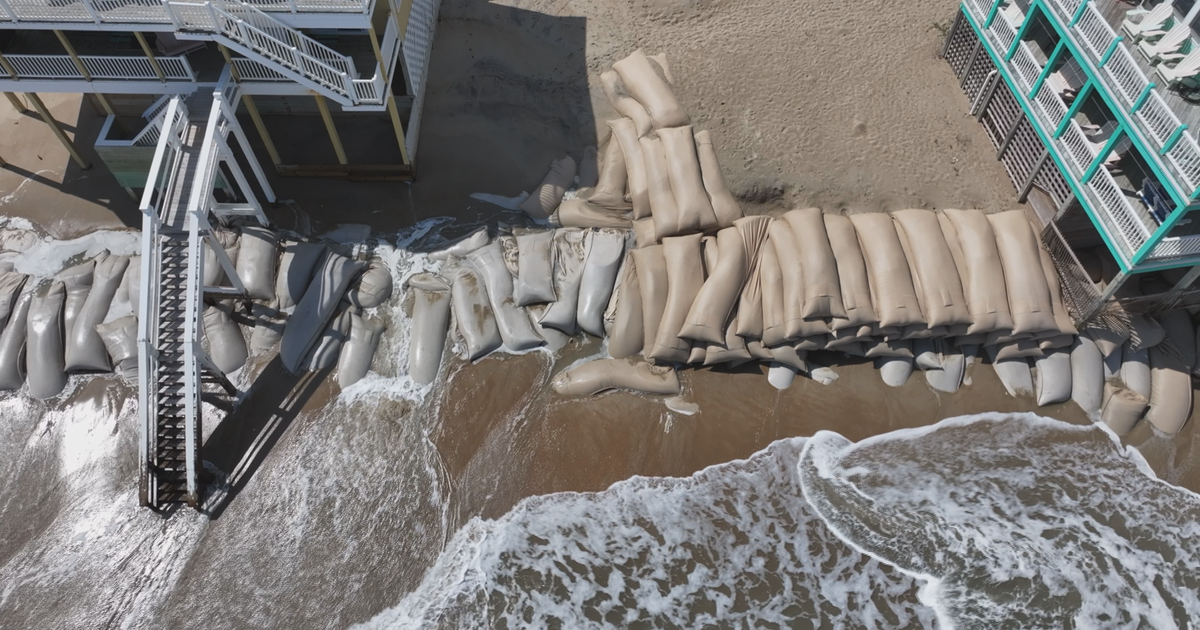The threat of rough surf from yet another tropical storm brings worries and warnings about the precarity of homes in Buxton and Rodanthe.
“We’ve got over 100 miles of shoreline in Dare County, and for the most part, there’s erosion on all of those beaches,” said Dare County Manager Bobby Outten.
“Our problem in Buxton is that the erosion rate recently has been faster than it had been in the past. What should have lasted five years has only lasted two or three.”
Laura Moore, director of the Coastal Environmental Change Lab and professor in the UNC-Chapel Hill department of earth, marine and environmental sciences, said, “Sea levels are rising faster and faster, which means water levels are higher and storms are occurring on top of those higher water levels.”
A dozen homes on the Outer Banks have collapsed in the past five years, including one in Buxton just last week.
“There are about 40 of them that are sitting right there in the shore break. And I would say out of those, there’s probably about 4 or 5 that look like they’re kinda ready to go,” said Donny Bowers, a Buxton native who was on the beach shortly after the most recent collapse.
PHOTOS: High tides, erosion, dangerous surf: Photos of Hurricane Erin impacts on NC coast
Property owners are almost forced by the conditions of their insurance to wait until a home collapses.
“Nothing is done until it’s on the verge of catastrophic and then the only thing anyone can do is abandon,” Bowers continued.
Outten and others have suggested that change is necessary — not only to shore up homes in danger of falling into the ocean, but also to prevent the dangers of the debris they leave behind.
“There’s not a funding source out there. There’s not a granting source out there. There’s no short-term solution where I can tell you here’s the plan and we’re going to get all these houses off the beach,” he said.
“The most logical plan is that these houses are insured anyway. They’re about to fall,” Outten said. “Why not give the money in advance to remove it now rather than wait for debris? But we haven’t been able to get that legislation changed.
“Unless something changes in the FEMA rules, the homeowner’s incentive is to let it fall. They’ll collect their flood insurance, which is often more than the home’s value.”
When a home falls, the cost of cleanup — and the danger from debris on the beach — makes for a public problem.
“There’s nothing we can do about those homes on the brink. If a house falls, then it becomes debris, and we have a debris plan.”
“To clean up a debris field is probably $35,000 to $50,000,” Outten said. “The homeowner is responsible, but once the house is in the waterline, the National Park Service has been the lead.”
